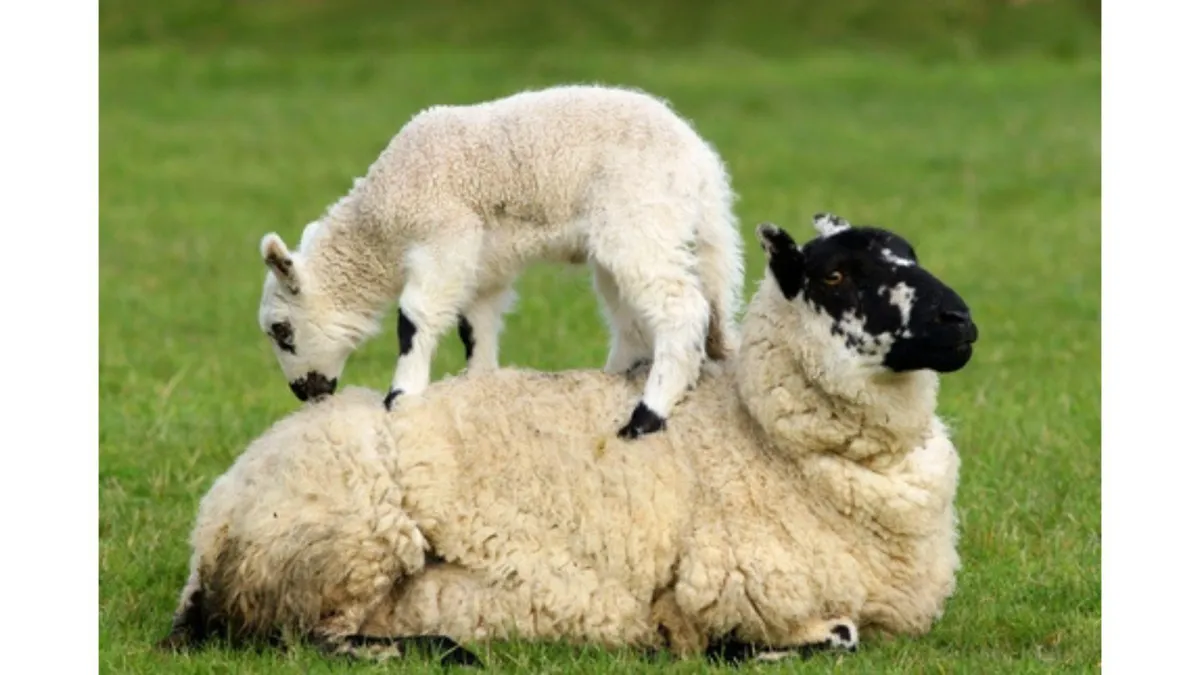
Lameness in Livestock - Part 3: Lameness in Sheep, Goats, Cattle and Deer
Lameness is a common issue on lifestyle farms, especially in sheep, goats, and cattle. Deer can also be affected, though less frequently.
Early diagnosis and treatment of foot problems improve recovery and reduce suffering. Prevention, where possible, is even better.
This article outlines the most common causes of lameness in ruminants and how to manage them effectively.
Common causes of lameness in sheep, goats, and cattle
Foot scald
Foot scald is a painful bacterial infection of the skin between the toes. It usually develops in wet, muddy conditions or when animals are crowded in small areas.
Affected skin appears reddened or blanched. If left untreated, foot scald can progress to foot abscesses.
Foot-rot
Foot-rot occurs when bacteria infect the area between the hoof wall and the sensitive tissue underneath.
The horn often separates from the underlying tissue, creating a gap filled with foul-smelling material. Overgrown hooves increase the risk, especially when the horn curls under and traps dirt.
Sole bruising and horn wear (cattle)
Lameness in cattle is often caused by bruised soles or worn-down toes. These conditions can lead to infection if not addressed promptly.
Joint ill in young animals
Lambs, goat kids, calves, and foals can develop swollen, painful joints due to bacterial infections. Known as “joint ill,” this condition requires urgent veterinary treatment.
Prevention and treatment of foot problems
Trim hooves regularly to prevent overgrowth. Avoid cutting too deep.
Use a foot bath to treat and prevent infections. A 10% zinc sulphate solution is most effective.
Stand animals in the bath for at least 5 minutes.
Let feet dry on a hard surface before returning animals to pasture.
Vaccination against foot-rot is available for sheep. Discuss with your vet, as it may cause a lump at the injection site.
Consult a vet if problems persist. Antibiotic treatment may be required in some cases.
For dairy cattle:
Allow cows to walk calmly to and from the milking shed.
Ensure tracks are well-drained and free from sharp stones.
Avoid rushing animals, which can cause bruising and lameness.
Lameness in deer
Deer can suffer from the same infections as other ruminants, including foot scald and foot-rot.
Foot injuries from rough concrete surfaces may result in serious lower leg infections (cellulitis).
Veterinary advice should be sought for treatment and prevention in deer.
Other causes of abnormal gait
Not all lameness is caused by foot pain:
Mastitis may cause animals to favour a hind leg.
Selenium deficiency can lead to muscle stiffness in young sheep and cattle.
Copper deficiency in young deer can cause spinal cord damage, resulting in hind limb weakness or paralysis (enzootic ataxia).
Osteochondritis dissecans in deer may cause stiff joints and a “bunny-hopping” gait.
Learn more
If you’d like practical advice on hoof care and how to prevent lameness on your block, take a look at our Feet & Foot Problems online course.
More in the Series
Part One: Lameness in Horses, Ponies and Donkeys
Part Two: Lameness in Horses, Ponies & Donkeys

